The entire world watched in shock as Grenfell Tower in West London stood burning overnight on June 14, 2017. But the sight of the burning 24-storey apartment building tells an even darker story than the ashes it left behind. The “inferno tower” is now facing serious scrutiny about its construction and fire evacuation procedure, as investigations unfold.
The human fatalities are devastating. As of writing this article, 17 people were confirmed dead, and the death toll continues to rise. 34 people are in the hospital, and 18 of whom are in critical condition. Rescuers said they do not expect more survivors, considering the entire block of flats engulfed by the fire.
The incident resulted in millions of dollars’ worth of property damages. These physical and structural damages can be repaired, but nothing can bring back the lives of people who perished in the fire. Some have survived, but moving on from the trauma will take years. Worst, they may never even recover.
The grim reality is that fire incidents happen anywhere around the world. They occur in Australia even with our strict building fire safety regulations. Facilities could turn into an inferno tower if not properly constructed and without a proper fire evacuation procedure in place.
The London fire incident is an eye-opener for facility managers, building owners, employers, and general occupants about the importance of fire safety.
Here are lessons in fire evacuation procedure that we can all learn from the fatal Grenfell Tower fire.
-
Fire in high-rise buildings is potentially one of the most serious emergencies one can be in.
The structural design of high-rise buildings makes it difficult for tenants to safely exit the facility at the soonest time possible during a fire. Hence, it is important for building owners and facility managers to have a solid evacuation plan and to train tenants on what to do during emergencies to raise their fighting chance at life in these situations.
However, having an emergency plan in place doesn’t always guarantee people’s survival. There are other factors relating to the building’s location, tenant participation (which we will discuss later in the article), and the environment surrounding the facility that may affect evacuation.
Facility managers and building owners must know the risks surrounding their high-rise facility, and build their emergency plan around them.
-
Establish a fire evacuation procedure and emergency plan to meet compliance obligations.
If there’s one thing that Australia is extremely meticulous about, it’s compliance with work health and safety laws. The government is keen on protecting its workforce and enforces tough regulations for building owners, employers, tenants, and general occupants to follow. These Australian Standards are put in place to protect workers’ well-being, as they are crucial in the progress of the economy.
Having a fire evacuation procedure is one of the major requirements for high-rise buildings. No matter who the building developer is or which state you’re in, this is a compliance obligation mandated by law. There’s just no other way around it.
With all these Australian Standards, establishing a fire evacuation procedure outlined in the emergency plan for high-rise buildings can be a daunting task. However, with a structured approach and guidance from compliance experts, it is possible to do it in an organised manner.
An evacuation services provider can simplify the steps for you. Consultants from EvacServices have simplified the complex process into six steps:
- Establish an Emergency Planning Committee (EPC) and appoint a Fire Safety Advisor.
- Detail and document an Emergency Plan and Response Procedure.
- Have professionally produced emergency evacuation diagrams.
- Form an Emergency Control Organisation (ECO).
- Complete training requirements (Depending on their roles, tenants and general occupants must partake in required training sessions).
- Participate in evacuation exercises.
Take note that each step has further details and pre-requisites. You can take a survey questionnaire online to know your compliance gaps. This will help you identify which emergency planning issues you must focus on.
-
Fire extinguishers and exit doors must meet industry standards.
Investing in safety is the most rewarding decision you could ever make for your business or facility. Only procure fire extinguishers that are on par with industry standards as specified in the laws. It is part of your compliance obligation as a building owner and facility manager. This little investment will go a long way in upholding a safe workplace for the people in your care.
Here is other firefighting equipment high-rise buildings must have:
- Smoke control / Stair pressurisation system
- Automatic sprinkler system
- Fire hose reel system
- Smoke / Fire Detection Systems
- Fire hydrant system
Apart from fire extinguishers, invest in exit doors that meet industry standards. Make sure that the exit door locks do not impede evacuation routes. Locks for emergency exit doors must open as fast as possible. Tenants and general occupants must be able to unlock these doors easily during a fire evacuation.
-
All occupants must complete training requirements on fire evacuation procedure.
Fire safety is not just the sole responsibility of building owners and facility managers. Tenants and general occupants have a critical role to play in keeping the building and the people in it safe during an emergency.
Tenants participation in training sessions on fire evacuation procedure can save lives. It is the responsibility of every building manager and employer to ensure that all employees receive this training at least once a year.
When people’s lives are in your hands, you do your utmost to keep them safe
Emergencies and safety are total opposites, but they have one thing in common: They do not take vacations. Emergencies happen anytime, anywhere, and as a facility manager, you have a critical role in ensuring people’s safety 24/7, any day of the year, whenever they are within the facility.
As grim as it sounds, the London fire can also happen in your facility. The only way you can protect yourself, and your tenants from risks is by preparing for the unexpected.
Now is the right time to establish a fire evacuation procedure for your high-rise building. Fill out the form below, and our experts will help you get started.
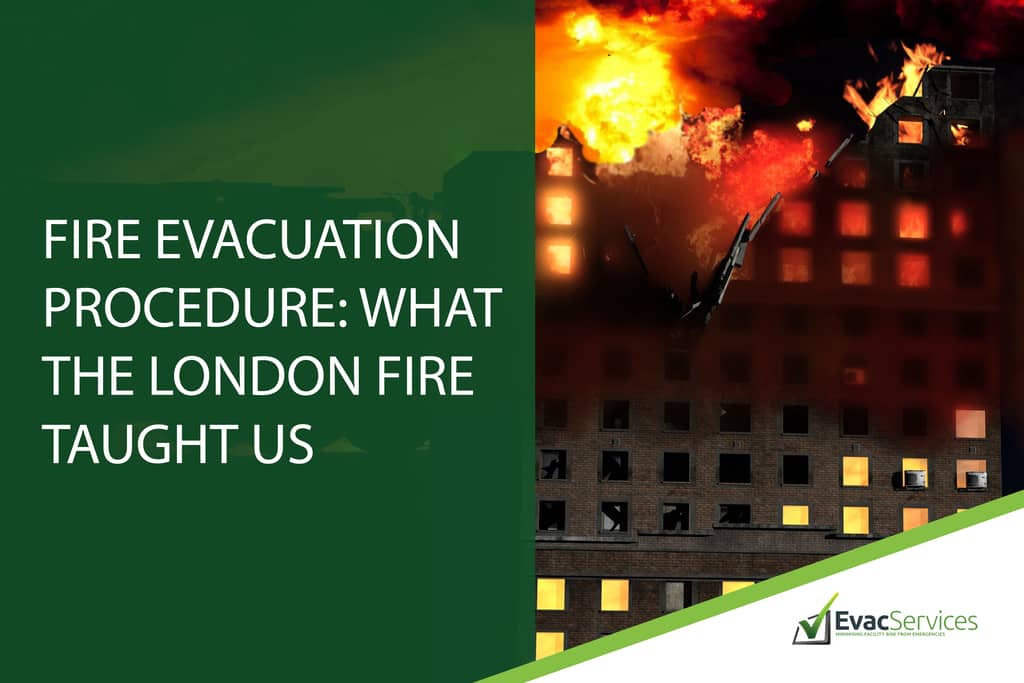

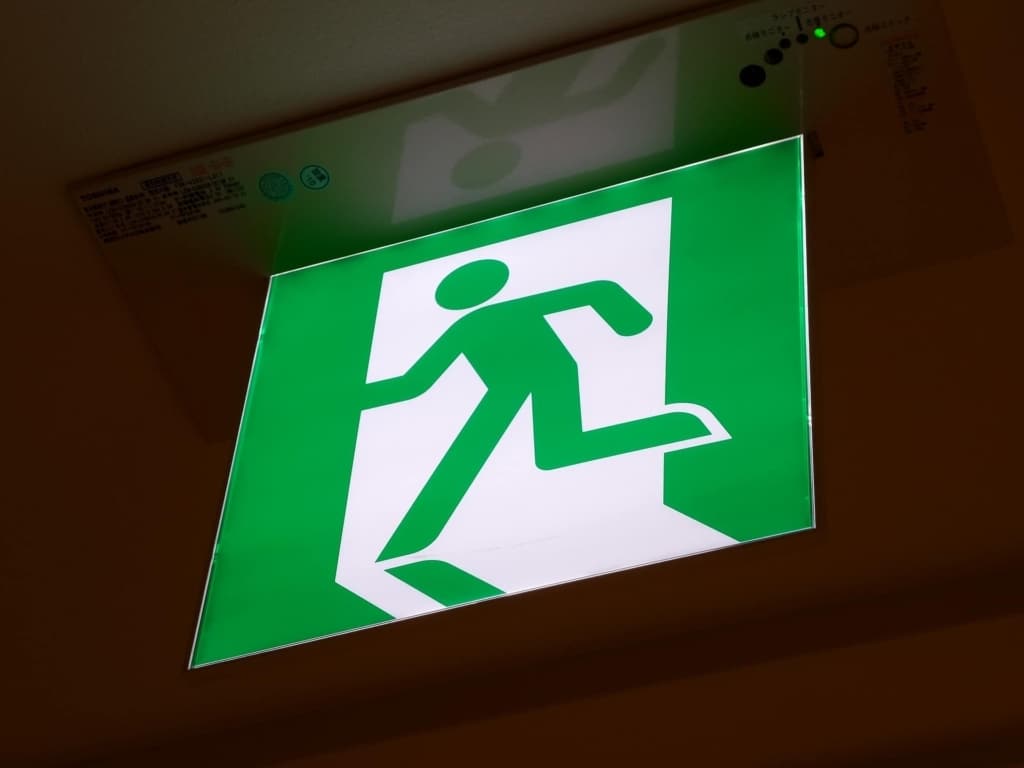
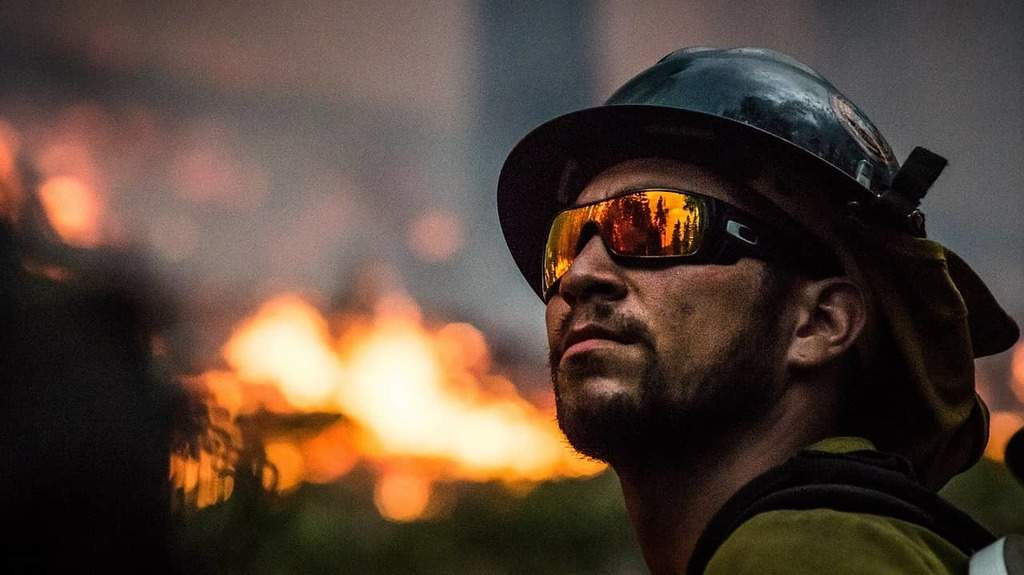
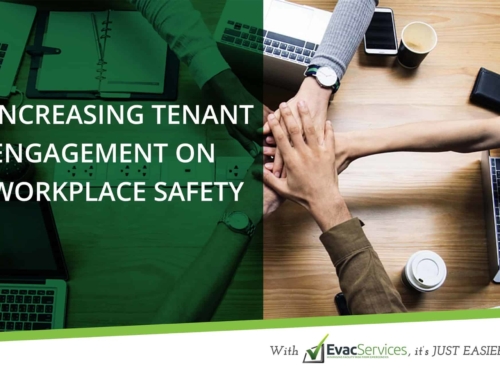


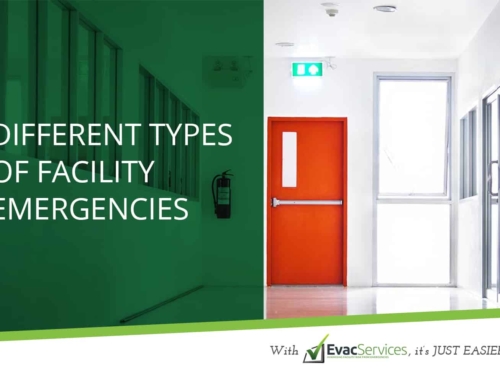
Leave A Comment